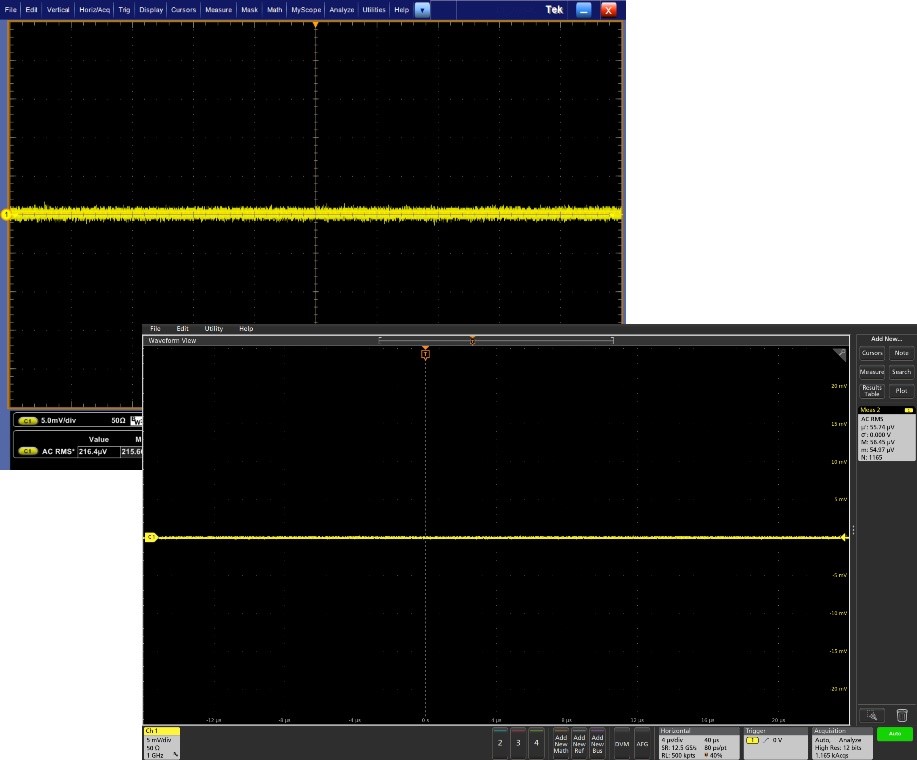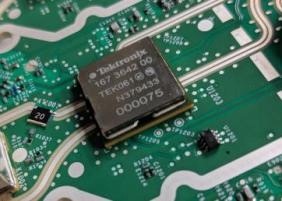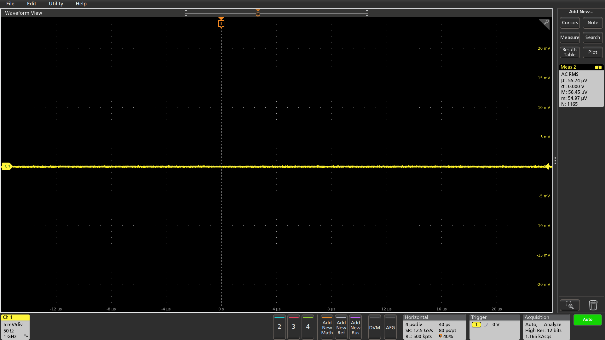

Mark Briscoe, Product Marketing Manager
The market for sensor technology in embedded systems is exploding, driving the demand for data to be transported ever faster to cars, TVs, smart homes (with smart appliances) and data centers, just for starters. Keeping up in the speed race calls for an oscilloscope that gives system designers the confidence that it’s up to the job: capable of full bandwidth capture, low front-end noise, upgradability with ease of use.
I’m excited that the 6 Series mixed signal oscilloscope lines up so well with these key features: Four channels at up to 8 GHz, a 25 GS/s sample rate on all channels, a new standard in usability, integrated functionality of arbitrary function generation, DVM and trigger frequency counter, highly upgradable and the lowest noise in the industry for its class. And while there are a lot of great features, it’s the low noise that I’d like to dive into and discuss how our engineering team was successful in making that happen.

As electronics trend toward lower and lower voltages, it’s clear the need for lower noise in measurement systems is growing. The lower noise the scope’s inputs are, the more accurately the instrument can measure low voltage signals. With the 6 Series MSO, signal acquisition is more than 70 percent quieter than typical prior generation oscilloscopes — and that’s at the highest sensitivity levels, where it matters most.
Much of the credit goes to the new TEK061 preamplifier at the front end of each channel. The TEK061 is primarily responsible for us having very good noise performance at the smaller volts/div settings. You really notice it when you’re zooming in on small signals using the high gain settings of the preamp.

We put a lot of research into wiping out noise spurs in the frequency domain to produce a low-noise power supply. We then added coplanar waveguides to shield against interference from power supplies and digital control circuits. For an added layer of noise protection, we encased the TEK061 and the rest of the analog front-end with an RF shield to protect the signal from whatever other instrument noise there might be.
Finally, the 6 Series’ A/D technology allows for a very large sample rate. Each ASIC has 100 gigasamples/s worth of sample rate going on inside of it. That spreads out much of the backend noise of the channel over a larger bandwidth, leading to less noise overall.

Yes, it is working
For the horizontal performance, we equipped the 6 Series with a 20ppb oven-controlled crystal oscillator that makes the sample uncertainty very tight. Low phase noise (equivalent to jitter in a clocking system) translates to a more accurate time measurement. When you look at the 6 Series as it measures such low voltage signals, you may even think it’s not working. Instead of the big fuzzy line on the screen, you see a nice thin trace.
Both instruments below set at 5 mV/div, 1 GHz bandwidth limit. In viewing this compare, you’ll see more than 70% noise reduction with the 6 Series MSO compared to previous-generation instruments


The payoff for designers with the 6 Series MSO is a greatly improved signal-to-noise ratio. Where serial data designs call for multi-level logic signaling for the expanding market for embedded systems, designers will look for mixed signal oscilloscopes that can capture and represent signals in the purest form possible. In the 6 Series MSO, we’ve given designers the tool they need to capture more high-speed signals and see them in the industry’s lowest noise environment. To get the full story on the 6 Series MSO and other Tektronix solutions, please visit: www.tek.com


